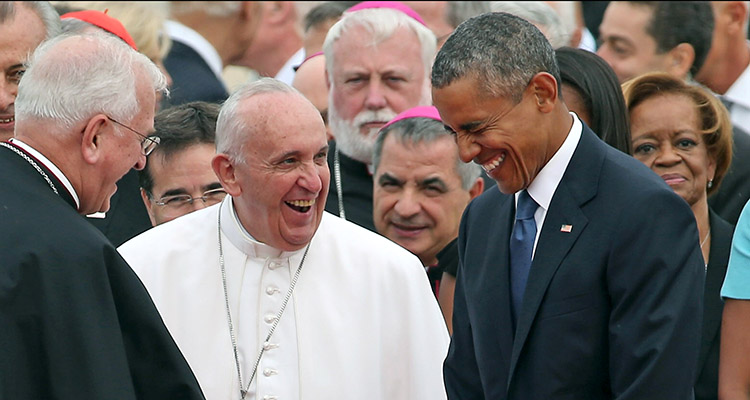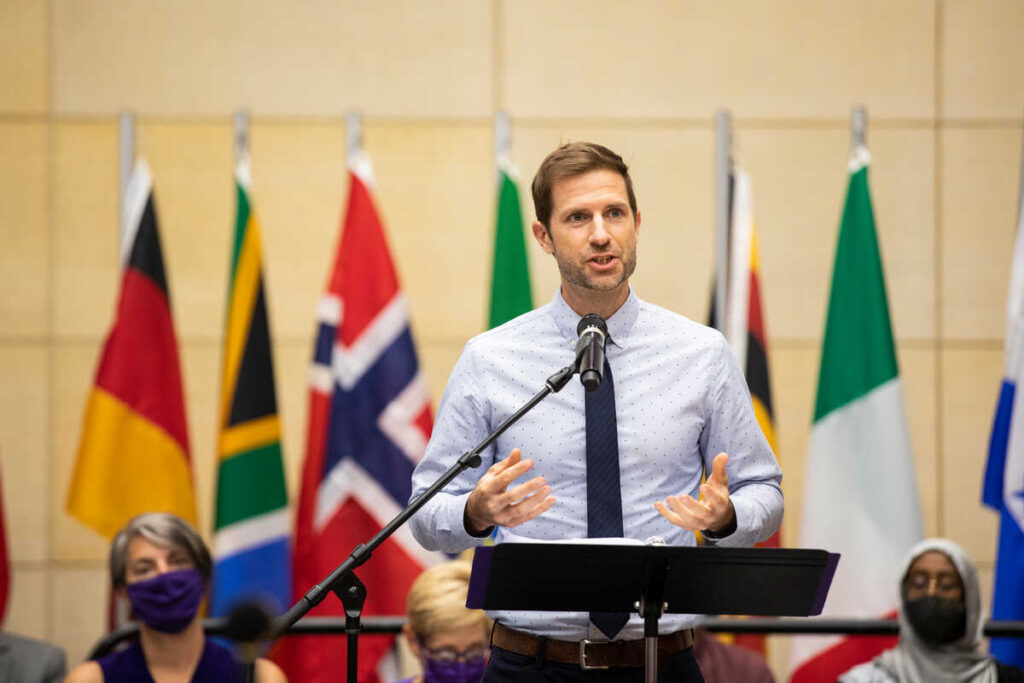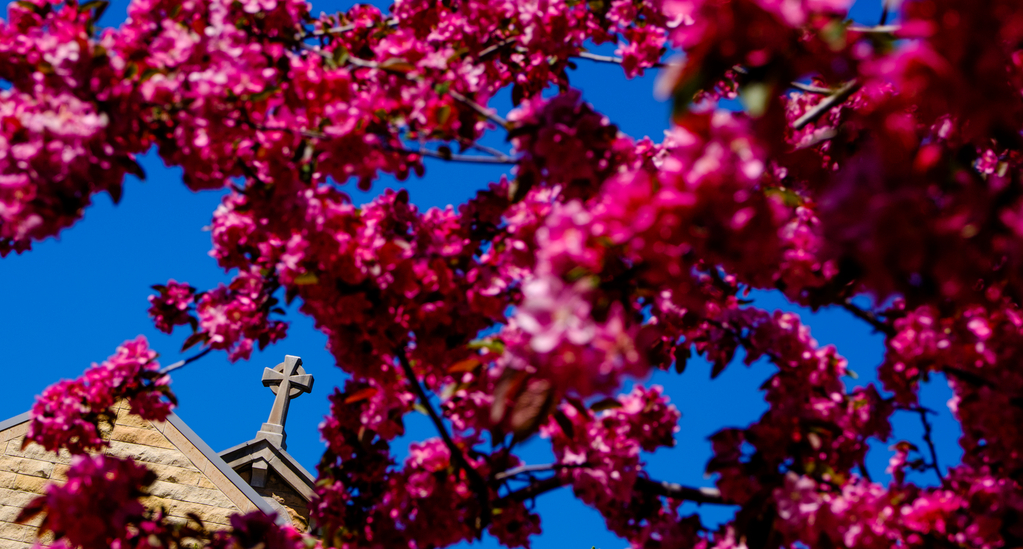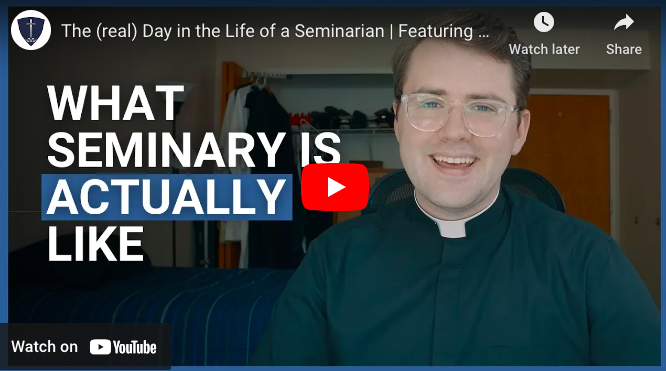St. Thomas theology professor Angela Senander will contribute stories to the Newsroom as she attends events surrounding Pope Francis' visit to the United States. Follow her on Twitter @drsenander.
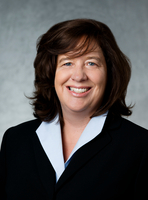
Angela Senander
Growing up on Air Force Bases during the Cold War, I never would have imagined a plane from Cuba would touch down on American soil. But so much has changed in our world.
My father, Robert Senander ’67, began his career in the Air Force by joining ROTC at St. Thomas just months after the Cuban Missile Crisis.
Now, more than half a century later, the first pope from Latin America has helped reestablish diplomatic relations between the United States and Cuba. Pope Francis has encouraged leaders from both countries to seek common ground, not unlike the cultural and educational exchange St. Thomas has fostered with Cuba for more than 15 years.
The first “American Pope” arrived in the United States with great fanfare. A red carpet welcomed Francis, although officials removed archdiocesan signs of welcome in the crowd proclaiming “Jesus loves us without limits” and “Share the Joy, Walk with Francis,” preventing religious signs from being displayed at a government event.
Francis was then greeted by both President Obama and Vice President Biden and members of their families. U.S. presidents don’t usually greet heads of state at Andrews, so this was a notable change in protocol.
After a brief meeting, the pontiff departed in a Fiat 500 escorted by a few large SUVs. The contrast was striking, and illustrated points Francis recently raised in Laudato Si,’ his encyclical letter on the environment. Pope Francis is modeling the simplicity that he invites us all to practice as a way of caring for the poor and our earth.
While his choice of transportation was uncharacteristic of his position of power, it was consistent with the way he has led the world’s nearly 1.2 billion Roman Catholics since he was elected in 2013.
Pope Francis arrives in this country – his first ever visit – with an openness to encounter the United States in all of its diversity. In the coming days, he will meet with the powerful at the White House and the U.S. Congress, and with the poor at places like Catholic Charities in Washington D.C. and a Catholic grade school in East Harlem.
His visit invites a reconsideration of how we talk about our county’s history. The Mass of canonization for Junípero Serra, for instance, will draw attention to significant events in California’s history that occurred as the 13 English colonies protested colonial rule and struggled for independence.
The papal visit is not only an opportunity for Francis to come to know more about the United States through encounter, but also an opportunity for critical self-reflection in the United States as a result of his visit.
